Huawei Mate 9 review: the first choice, not the alternative


The Huawei Mate 9 is a strong device that can stand up to heavy use with its long-lasting battery. The most discerning and demanding customers will be drawn to its reliability and appealing design. We scrutinized all aspects of the Mate 9, and it scored well in all relevant areas of our review.
Good
- High performance
- Long battery life
- Fast charging
- Better value than the competition
- Stereo sound in landscape mode
- Excellent reception
Bad
- Not waterproof
- Very large
- Mediocre gaming performance
- Display not recommended for VR
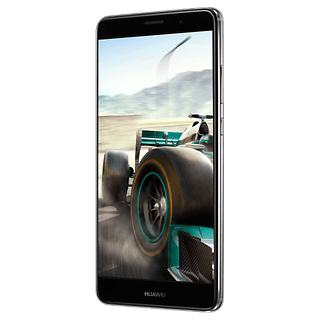
Huawei Mate 9 release date and price
The Huawei Mate 9 has been available since November 2016 in its first-wave launch markets (12 countries in Europe, Asia and the Middle East). Huawei has confirmed the official US release date for the Mate 9, which will go on sale on January 6 for $600. The Mate 9 will be available from major retailers such as Amazon, Best Buy, Newegg and B&H in either Space Gray or Moonlight Silver.
The Mate 9 comes in the following color variants: Black, Space Gray, Moonlight Silver, Champagne Gold, Mocha Brown, and Ceramic White. The Porsche Design Mate 9 is Graphite Black. It is unknown which colors will be made available to the US market. The standard Mate 9 has only one option for memory, the 64 GB version with 4 GB of RAM. The Porsche Design version has 256 GB and 6 GB of RAM. The handset comes with a USB Type-C to Micro USB adapter, a headset for the 3.5 mm headphone jack, a clear protective sleeve, and a SuperCharge charger. The Huawei Mate 9 Pro and Huawei Mate 9 Porsche Design versions haven't been confirmed for the US yet. The two devices will be updated with Daydream support, while the regular Mate 9 will not.
Huawei Mate 9 design and build quality
Huawei got the curve-itch and moved away from the edgy look of its predecessors. This comes with a big benefit: the device is much more ergonomic than the Mate 8 or even the Ascend Mate 7. Otherwise, the normal Huawei design is maintained and is dominated by metal and glossy cut edges.
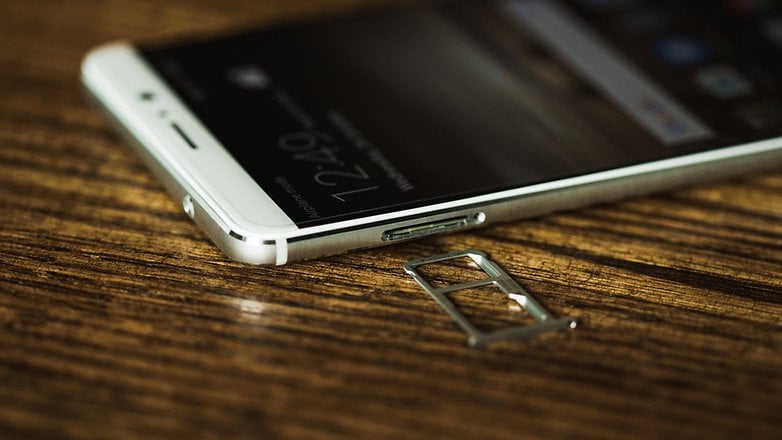
The Huawei Mate 9 is quite large and heavy. With almost six inches diagonally and 190 grams in weight, it's not designed for small hands. Compact smartphone enthusiasts should look elsewhere. But before you let the size of this device dissuade you, it's important to look at the benefits of this phablet.
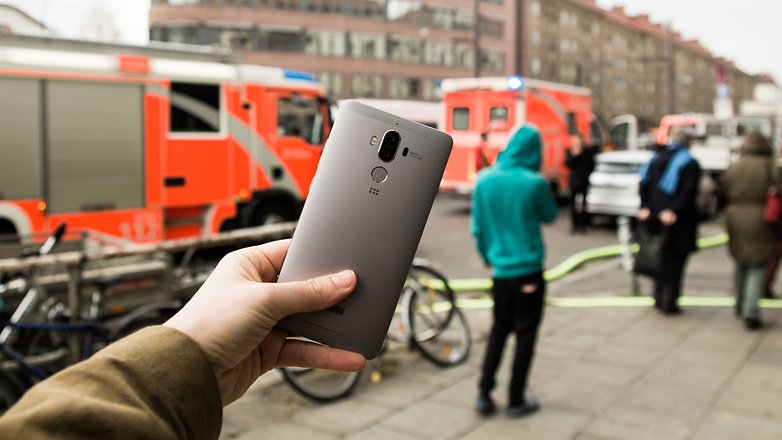
The large internal space allows for the large battery and high-quality hardware. The battery life is almost two days and the chipset won't choke thanks to the large cooling area. Even in the toughest benchmark tests, the Mate 9 consistently receives high scores.
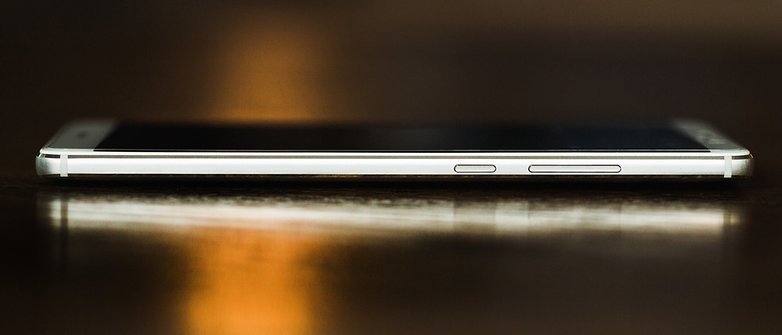
The elegant design of the Mate 9 is only surpassed by the 5.5 inch Porsche Design version, which also has more powerful hardware and about twice the price tag.
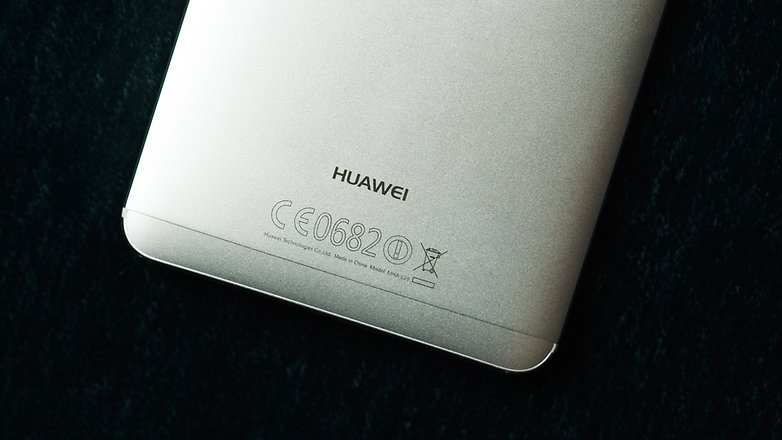
Huawei Mate 9 display
The 5.9-inch full HD display is based on traditional IPS technology. It achieves exceptionally high and low brightness with the manual controls. The minimum value is 5 cd / m² and is therefore unobtrusive, even in dark environments. In our everyday test of the Mate 9, the display is reliable, even in sunlight.
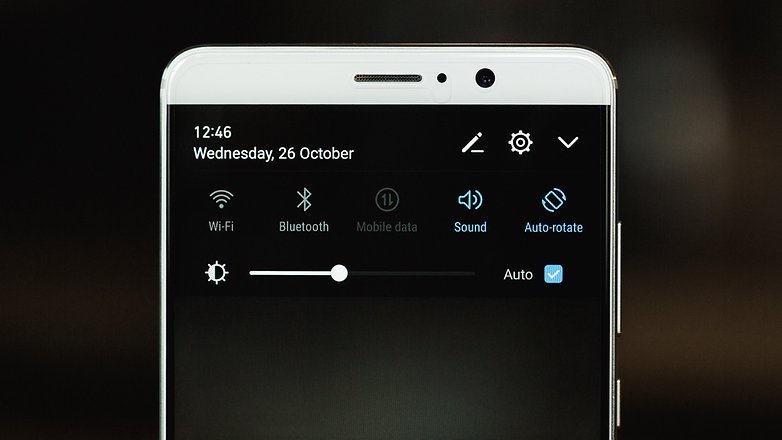
The display of the Huawei Mate 9 does not come close to the exceptionally high-quality display of the Samsung Galaxy Note 7 (the Mate 9 display isn't fiery) but it should nevertheless be good enough for everyday use. The 373 ppi resolution is sharp enough for ordinary viewing distances.
We will have to wait and see if the VR performance is satisfactory, as there was no final support for Daydream at the time this review was conducted. Since the Mate 9 is one of the Daydream-ready devices, we will experience it soon anyway. Until then, we have to assume that the relatively low resolution of the Mate 9’s display will lead to an underwhelming VR experience.
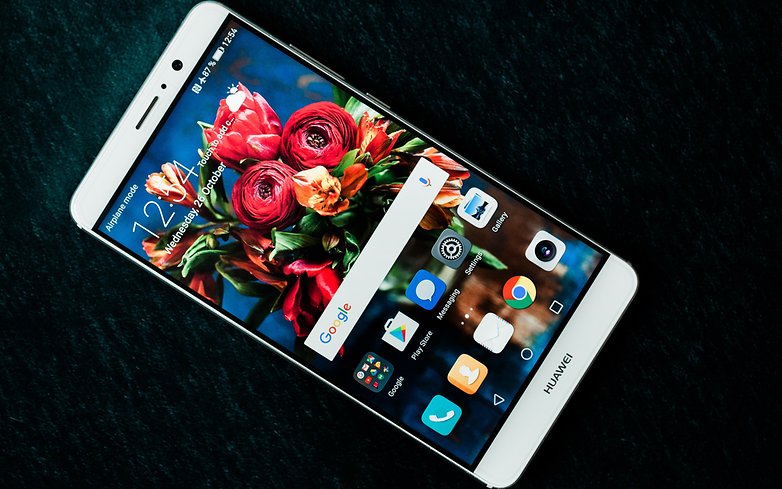
The display is protected against scratches and impacts by Gorilla Glass 3. In contrast to the newer versions of Gorilla Glass 4 or 5, GG 3 offers better protection against scratches but not as much against impacts.
Huawei Mate 9 software
Huawei's software interface has been overhauled. EMUI 5 is based on Android 7.0 Nougat and is brighter and rounder than its predecessor. The Mate 9 uses new Android features like Vulkan API for better gaming performance and Daydream for a smoother VR experience. EMUI 5 also has an app drawer by default.

So far, I've always considered Huawei's software to be its biggest hurdle. Non-removable features, ominous optimization tools and Apple's patented surface elements plague it. My favorite Huawei is the Nexus 6P because its software came directly from Google and not from Huawei.
With EMUI 5 on the the Mate 9, I was swayed. Notifications were punctual, background services stopped only when I told them to, and the software was generally reliable.
A software feature introduced already by Nova, is the App Twin function. With it, you can install Facebook or WhatsApp twice. The latter is particularly useful is you have the dual-SIM version the Mate 9, so you can use WhatsApp with both of you cell phone numbers. Instead of having two of the same app, you can also set up a second Android user profile on this device.
Huawei Mate 9 performance
Huawei intends to substantially improve gaming performance in the Mate 9. By upgrading the processor, internal memory, and a having supposedly non-aging file system, they hope to have found the secret to having short load time for the life of the phone.
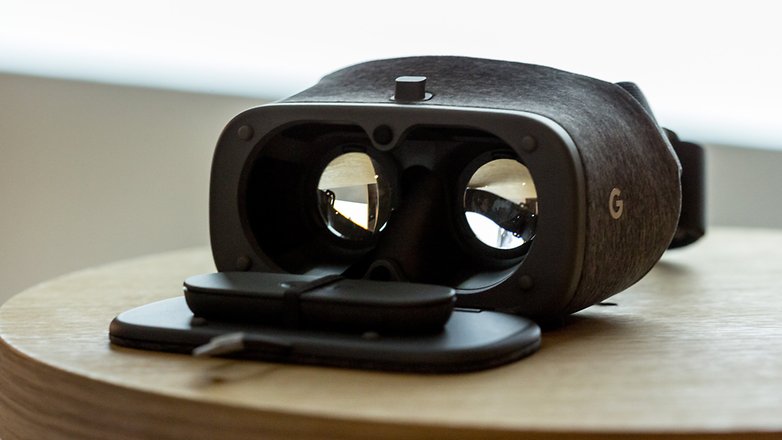
But, it doesn’t live up to its hopes. Huawei promised almost twice the performance of the P9, but it’s still behind the Galaxy S7 Edge and the Pixel phones in the benchmark tests. The latter is up to 50% faster.
The rest of the SoC has been more than just a bit improved . The Kirin 960 is a new development. It has, among other things, the new ARM quad-core cluster of the Cortex-A73 with a maximum of 2.4 GHz and a Cortex-A53 with a maximum of 1.8 GHz. That's a total of eight cores. As a GPU, the Mali G71 MP8 works well (MP8 stands for the eight computing units). The Vulkan engine contributes to improved graphics performance by using hardware resources more efficiently than the previously established OpenGL ES 3.1.
Another Huawei Mate 9 speed boost comes from outside the processor. The internal memory is from Samsung UFS 2.0. Samsung has been using this since the Galaxy S6 and it ensures shorter loading and boot times with the Mate 9 as well.
The result is a noticeable difference during everyday use: apps load faster, the device boots faster, and delays are rare. Subjectively, the Huawei Mate 9 seems twice as fast as my previous daily use phone, the Nexus 6P. This is confirmed by the data given by the PCMark benchmark test, which simulates daily use.
| 3D MARK SLINGSHOT ES 3.1 | 3D MARK SLINGSHOT ES 3.0 | 3D MARK ICE STORM UNLIMITED ES 2.0 | GEEKBENCH CPU - SINGLE CORE | GEEKBENCH CPU - MULTICORE | PC MARK WORK PERFORMANCE | PC MARK STORAGE | GOOGLE OCTANE 2.0 | |
| HUAWEI MATE 9 | 2093 | 2308 | 25392 | 1930 | 5604 | 7675 | 7106 | 10935 |
| SAMSUNG GALAXY S7 EDGE | 1977 | 2362 | 30310 | 2018 | 6248 | 5077 | 4607 | 10292 |
| GOOGLE PIXEL | 2559 | 3329 | 27702 | 1574 | 3980 | 5263 | 5076 | 8791 |
The big promise of the Huawei Mate 9 is the non-aging file system. We won’t know until a long term test is conducted, but in theory, the device should run as fast as the day you bought it after a long period of use. Other smartphones often don’t age well, slowing down load time due to a decrease in data throughput from the flash memory. With the Mate 9, this problem should disappear.
The reception of the Huawei Mate 9 is also remarkable. With an LTE-enabled SIM card, Google results pop up with almost no wait time.
Huawei Mate 9 audio
The Mate 9 comes with a simple plastic headset, decent for occasional hands-free calls. But it has no bass for music, and it doesn’t fit snugly in the ear due to a lack of silicone fittings. If you’re jogging, they fall out of the ears almost immediately. Also, everyone around you can hear what you’re listening to.
The speakers on the phone itself, on the other hand, are cleverly conceived. Much like the HTC 10, they switch to stereo mode when you hold the phone in landscape format. This is useful for watching videos on YouTube with relatively good audio. When in landscape mode, the ear speaker plays one of the stereo channels, and the bottom speaker plays the other. In portrait mode, the top speaker plays treble, while the bottom speaker plays the lower notes (bass is still non-existent).
Huawei Mate 9 camera
The dual-lens camera, naturally, comes from Leica. Huawei has improved the camera from its first Leica smartphone camera, the P9, in particular for its low-light performance and sharpness. The overall approach is very interesting.
- Full resolution photos from the Mate 9 review
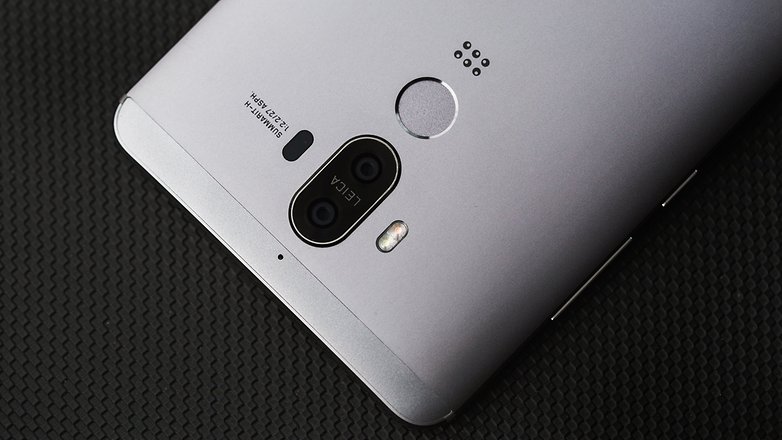
Huawei used our collective knowledge of the anatomy of the human eye to improve its camera system. Our retinas have an average of about 120 million contrast-seeing rods but only 6 to 7 million color-seeing cones. The Mate 9 camera imitates this and has a 20 MP sensor for the black and white profile of the image instead of 12 MP. The color camera still works with 12 MP.
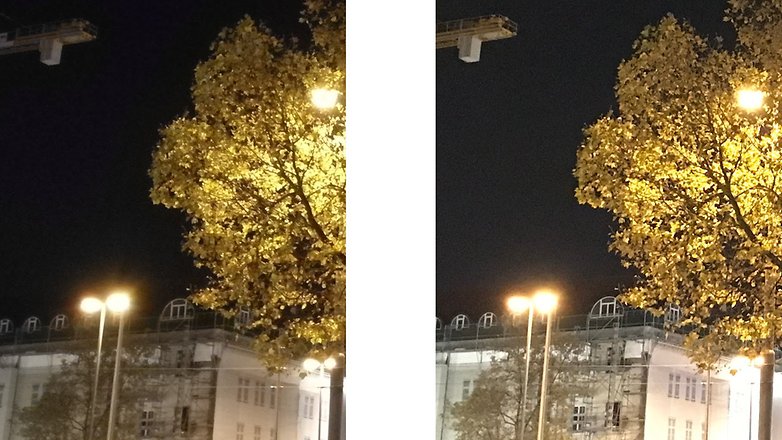
Comparing the Mate 9 and the iPhone 7 Plus’s photos does reveal some key differences. The Mate 9’s strength lies in its low-light performance and contrast. The iPhone 7 Plus’s photos have a lot of noise in the dark areas, but in normal light conditions, they tend to be clearly sharper.
The Bokeh effect isn’t much improved. The software still create blurs mysteriously around objects and isn’t convincing. With a bit of patience and practice, though, you can use the focus effect to create unique images with the Mate 9.
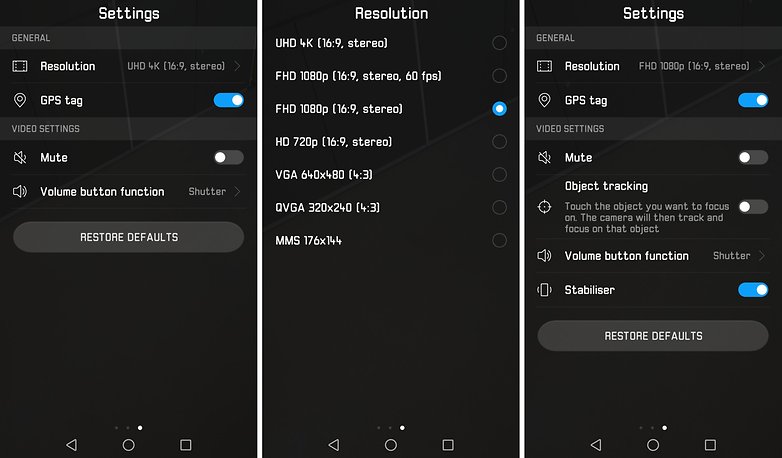
For video, you can record in up to 4K, but facial tracking and stabilization are lost. Only the Google Pixel is capable of digitally stabilizing videos in 4K. The camera software on the Mate 9 is a natural improvement given the Leica-inspired surface introduced by the P9. It offers an easy-to-use Pro mode with extensive manual exposure control.
Another special feature of the camera is how quickly it opens. If you press the volume down button twice, while the Mate 9 is on standby, the phone will wake up and take a photo in less than one second. However, since the result is usually blurry and incorrectly exposed, you can just switch off this option in the settings.
Huawei Mate 9 battery
If you are using only one SIM card, you will get almost two days of battery life (with regular use and adaptive brightness). Excessive use (with two SIM cards and six hours of display-on time during the day) means you’ll have to charge it again at the end of each day.

In the detailed test, the Mate 9 can only last for two days in single SIM mode. As we launched a second SIM card, the Mate 9 delivered an average-to-good result: once a day, you had to recharge it.
The already big battery life of the Mate 8 was extended from 38 hours to around 43 hours for the Mate 9. So, Huawei has introduced the SuperCharge charger with the Mate 9.
In the test, Supercharge works twice as fast as conventional quick charging via Type-C and charges the Mate 9 completely within 100 minutes. The dedicated charger works with less power at first and with more power later. As a result, both the battery and the charger stay cooler. This not only increases the efficiency of the charging process to 98 percent but it also extends the lifetime of the components.
Huawei Mate 9 technical specifications
Final verdict
If the Galaxy Note 7 was still on the market, Samsung would be facing significant competition. But since that device went up in flames, the Mate 9 stands alone without any major phablet competitor. The iPhone 7 Plus makes comparable promises, but it is Apple.
The Huawei Mate 9 stands alone on the top shelf.
Huawei's promises of increased battery life, improved performance and better-designed software are proven in our full review, and it represents the biggest update to the series yet. It would be a worthwhile upgrade, no matter which manufacturer you prefer.
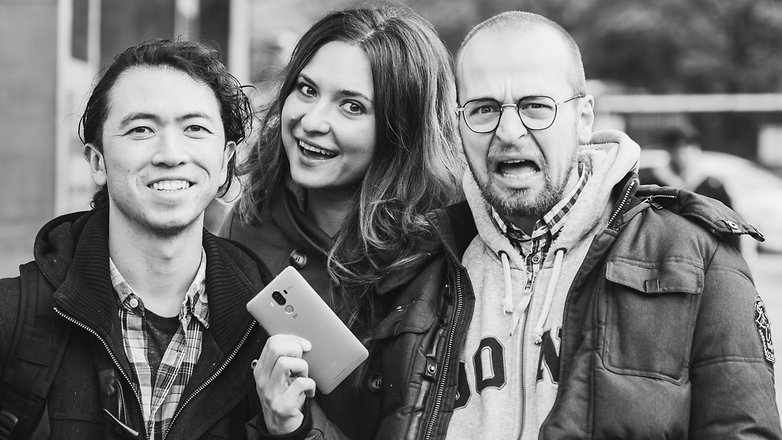
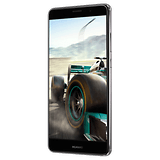
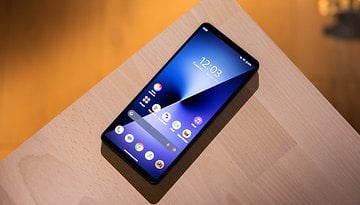
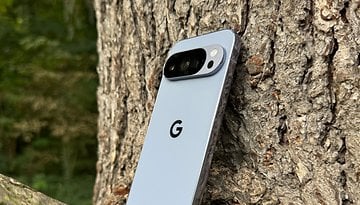
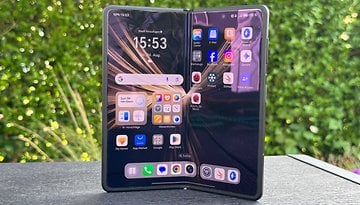
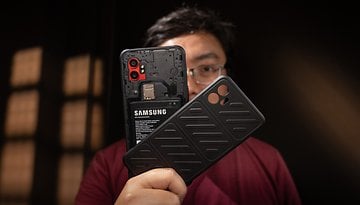
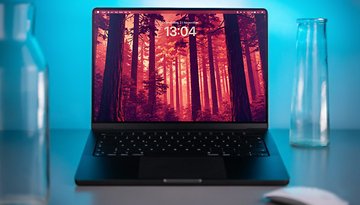
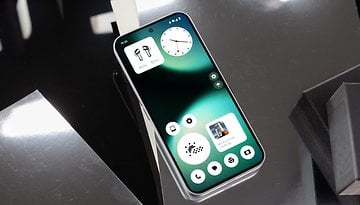

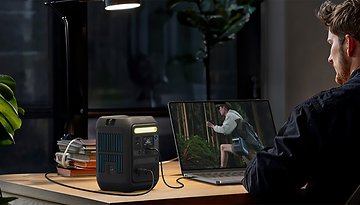

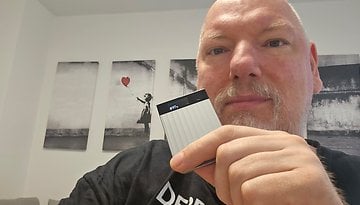
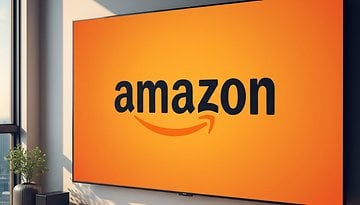



excellent display and performance.! i love this smartphone
Samsung was king for a long time but now they are just another manufacturer. Look out for the Chinese OEM's like Huawei and Xiaomi (if they ever break into the US)
Size is too big.
No way.
How can something be too big if you buy this phone knowing how big it is!! As an ex Note 7 owner I can tell you that it's only a fraction bigger but feels very similar in the hand. In return you get even more screen. I am very impressed with my Mate 9. It's an excellent replacement until the Note 8 debuts this year.
FHD on a 6" phone is a deal breaker
More like less battery life in a 6 inch phone with a QHD display would be a dealbreaker.
You have to see it before you can say this. The screen is excellent and sitting it next to my Galaxy S7 edge made me realise that QHD isn't so amazing after-all. I was sceptical too but after owning this phone for 4 weeks now I can honestly say the screen does not disappoint in any way.
Only someone who's never used it could ever say that. Coming from an amoled QHD at 5.1inches to this and all I can think is wow when I see this screen. It's proof that QHD on mobile phones is overkill.
Seems overpriced for the feature set and hassles of acquisition.
TWRP and Root For Huawei Mate9 is available now.#HuaweiMate9 #HuaweiP9
thespandroid_blogspot_com/2016/12/Root-and-Twrp-Huawei-mate-9.html
Whatsapp video invited 4 people to activate but I do that nothing changes
Am having huawei Android phone but video calls doesn't activate since invited over 20 people to join and yet no progress to see whatsapp video calls. And it seems false information about whatsapp video
Not sure what you mean. I have done WhatsApp calls on my Mate 9 in UK.
But it does have fast charging. Why are you lying? Disappointing article this.
And BTW, this phone is even in the same league as the note 7. (posted with a note 7)
I'm sorry but it is unnacceptable for a 6", $800 phone to have a FHD display. That's is a deal breaker. I would have got this as my note 7 replacement but not now.
I don't understand. You wrote 'There is no quick-charge technology' but the Huawei Mate 9 is the world's fastest charging phone with 5v 5A charging technology called supercharge. Did you just copy and paste some other article to this?
i just don't get it, why all chinese flagships have that ugly black bazels around screen?
:))))